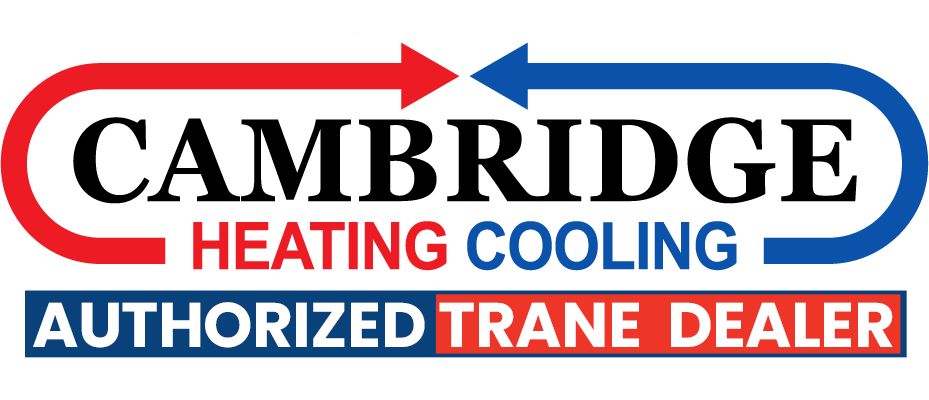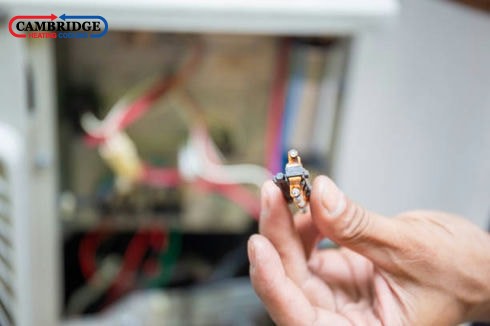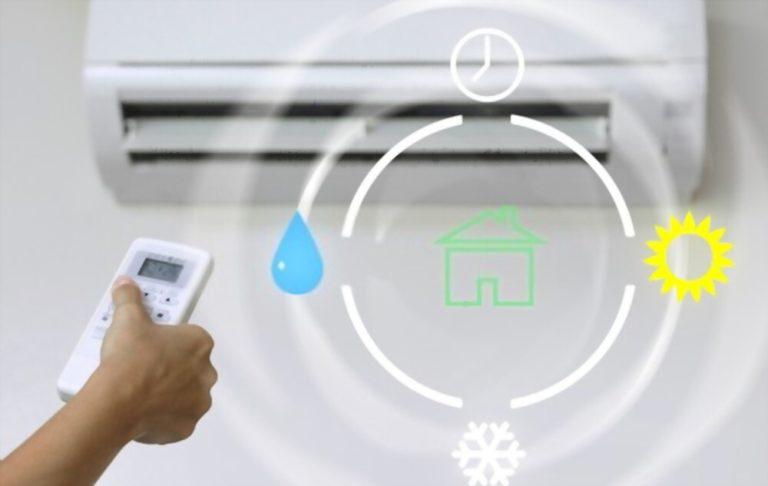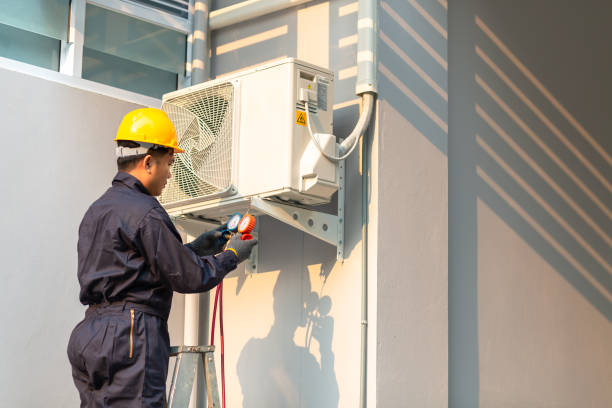Installation of a Furnace: A Quick Overview
Installing a new furnace or replacing an existing one should be done by an HVAC contractor or someone with knowledge with HVAC systems. Installing a furnace without the help of an HVAC professional is prohibited in some areas. This is not a simple operation, and the necessary permissions must be obtained, as well as inspections to guarantee that the HVAC unit was installed correctly and safely.
Keep in mind that if you install the furnace yourself, your homes insurance may not cover you if something goes wrong (such as a fire), especially if you haven’t obtained the necessary licenses and inspections. Before you have any furnace installation work done, make sure to check the permit requirements in your area.
Installing a new furnace is a major operation that will almost certainly necessitate the assistance of a number of persons to lift the hefty device. Along with labor, you’ll need the right tools for disconnecting and reconnecting gas or oil lines, as well as electrical skills to make the necessary connections. For installing, repairing, or replacing ducting, you’ll also need the right tools.
Make sure the gas or oil supply is entirely switched off before removing an old furnace. The gas or oil pipe’s valve handle should be turned perpendicular to the gas pipe. Just in case, you might want to switch off the entire gas supply to your home. When disconnecting these pipes, make sure you have adequate ventilation because some gas will escape.
Disconnect the old furnace’s electrical elements. Disconnecting the electricity to an electrical furnace may be as simple as unplugging it. You must first switch off the breaker if the furnace is hard wired into the electrical system. Then manually disconnect the cables that are hard wired into the furnace behind the cover plate. You should not attempt this if you have no prior experience or knowledge of electrical wiring.
Connect the ducting to the furnace and disconnect it. Cut through the duct tape with a knife and detach the air intake and delivery ducts. Remove the furnace last. In some cases, you may need to unscrew it. The extra personnel will come in help here, as the furnace could be quite hefty.
After that, unpack your new furnace and go over all of the instructions. Then, with assistance, bring the furnace into place and secure it with any necessary retention hardware. Duct tape is used to secure the ductwork to the return and delivery ducts. Reattach the power cord. Again, it might be as simple as plugging it in or connecting the hard wire (consult an electrician or HVAC contractor if you are not comfortable with this step).
The fuel line will then be connected (if there is one). Turn on the gas or oil supply after it is properly attached, and thoroughly inspect for leaks. You can fire the pilot light if there are no leaks and you have a gas furnace. To accomplish this, follow the instructions on the HVAC unit. Find more information about Trane XC95m Furnace Installation Toronto.
After that, your furnace should be ready to use. A furnace should only be installed by a trained HVAC contractor. They have the experience and knowledge to complete the task swiftly and correctly, assuring your and your family’s safety. You should leave the installation of a new furnace to the specialists if you have any doubts.






